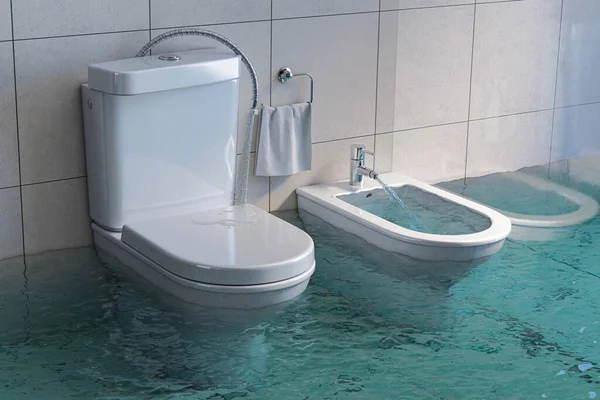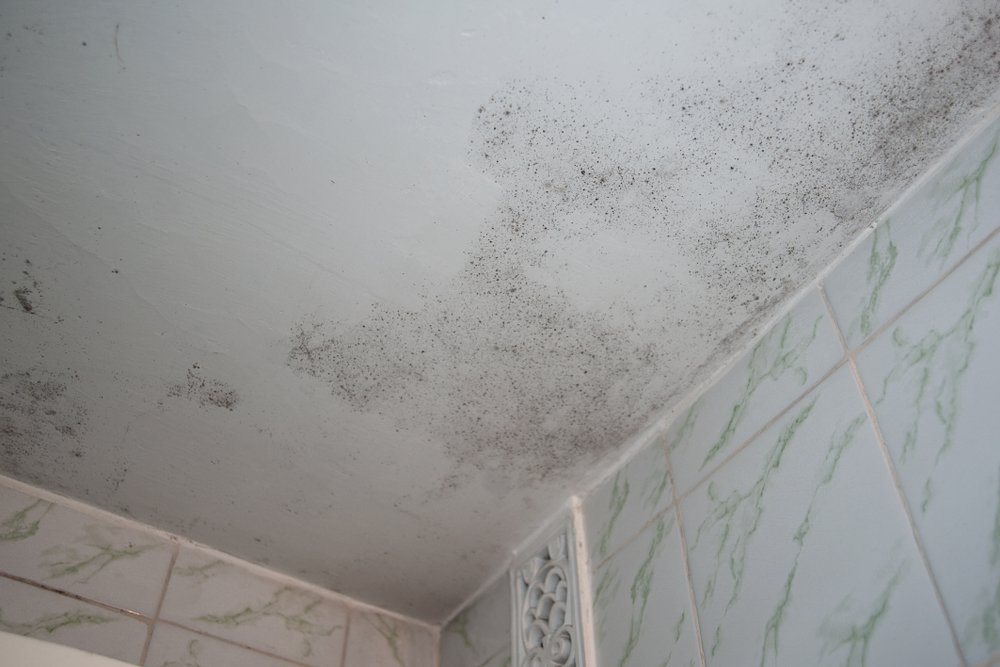Why Bathroom Moisture Causes Water Damage
Why Bathroom Moisture Causes Water Damage
Blog Article
We have unearthed this post about How to Repair and Prevent Bathroom Water Damage? listed below on the internet and thought it made sense to discuss it with you over here.

Water damage frequently occurs in the washroom due to the water utilized everyday. Occasionally, the damages could be a little mold from the shower. Other times, it's large damage on your floor. Whatever it is, it is constantly excellent to know the cause and also stop it prior to it happens.
This overview will certainly go through several of the usual root causes of water damage in the shower room. We will likewise examine what you can do to avoid these reasons from harming your restroom. Let's dive in.
These are the common reasons you would certainly have water damage in your restrooms and exactly how you can find them:
Excess Moisture
It's amazing to have that lengthy shower and sprinkle water while you dance around and also act like you're performing, yet in some cases these acts can create water damage to your restroom.
Sprinkling water around can trigger water to visit edges and also form mold and mildews. View how you spread out excess dampness around, and when you do it, clean it up to stop damage.
Fractures in your wall surface ceramic tiles
Washroom wall tiles have been specifically made for that objective. They safeguard the wall surface from dampness from people taking showers. Nonetheless, they are not unbreakable.
Often, your shower room wall floor tiles split and permit some dampness to seep into the wall. This can potentially damage the wall surface if you do not take any kind of action. If you see a crack on your wall tiles, repair it immediately. Do not wait until it damages your wall surface.
Overruning toilets and also sinks
As human beings, in some cases we make mistakes that might cause some water damage in the bathroom. As an example, leaving your sink faucet on might trigger overruning and damages to other parts of the restroom with dampness.
Additionally, a malfunctioning commode could cause overflowing. For example, a broken bathroom manage or various other parts of the tank. When this takes place, it could damage the flooring.
As soon as you notice an overruning sink or commode, call a plumbing technician to aid handle it quickly.
Burst or Dripping Pipes
There are numerous pipelines bring water to various parts of your restroom. Some pipes take water to the toilet, the sink, the faucets, the shower, and also lots of other areas. They crisscross the tiny area of the restroom.
Every so often, these pipelines might obtain rusty as well as ruptured. Various other times, human action could cause them to leak. When this occurs, you'll discover water in the corners of your shower room or on the wall.
To spot this, watch out for gurgling wall surfaces, mold and mildews, or mildew. Call a professional emergency situation plumbing to fix this when it takes place.
Roof covering Leaks
In some cases, the problem of water damage to the bathroom may not come from the washroom. For example, a roofing leakage can trigger damage to the bathroom ceiling. You can find the damages done by checking out the water spots on the ceiling.
If you find water stains on your ceiling, examine the roofing to see if it's damaged. After that, call a professional to help solve the problem.
Verdict
Water damage to your restroom can be bothersome. Nonetheless, you can handle it if you prevent several of the reasons discussed in this overview. Call an expert emergency situation plumbing if you see any type of extreme damages.
How to Repair a Water-Damaged Wall in the Bathroom
All you need to know to repair bathroom wall water damage – from identifying the water source to finishing the repair professionally. If you don’t act quickly to resolve a water damage problem, you could find that it develops into a mold issue and/or cause structural damage to your home. Follow this guide to repair your bathroom before it's too late.
All you need to know to repair bathroom wall water damage
Water damage is a common household problem, and one that, if left unrepaired, can quickly lead to structural problems and health issues. The two most likely rooms where water damage may occur is the bathroom and the kitchen – where water is used often and there is high humidity.
What is water damage?
It is easy to think of water damage as caused by a flood or leaking tap or burst water pipe. However, when water damage is assessed, there are three main categories into which water falls (as classified by the American National Standards Institute). These categories are defined as:
Category 1 Water – ‘Clear Water’
This is sanitary water. There is usually no major threat to health by washing with this water, drinking it, or inhaling if it is streaming. Most water that enters your home will be category 1 water, while most water leaving your home will be either category 2 or 3 water. It may also come from melting snow, rainwater and water tanks.
Damage caused by this type of water can usually be repaired or restored, though this doesn’t mean that there are no potential health issues.
Category 2 Water – ‘Grey Water’
This is contaminated water – sometimes considerably so – and will cause illness if consumed or if it comes into contact with your skin. Water damage in this category is often caused by overflows from toilet bowls, and damage to washing machines and dishwashers. While damaged items might still be repaired or restored after damage by grey water, it is more difficult and more expensive to do so.
If the water damage in your home has been caused by grey water, it is advisable to have repairs made by professionals.
Over time, grey water will deteriorate and become black water.
Category 3 Water – ‘Black Water’
Category 3 water, also known as black water, is highly contaminated and a great risk to health. This may contain raw sewage, heavy metals, and other toxic substances. It will smell terrible.
If this is the water that has caused damage in your bathroom, do not touch it. Stop the water flowing if possible, seal the room and call the experts: it really isn’t worth the risk of ill health and disease that could be fatal. It is very unlikely that items can be repaired or restored if they have been damaged by black water.
https://www.porterscleaning.com/blog/how-to-repair-a-water-damaged-wall-in-the-bathroom/

As a reader about How to Repair and Prevent Bathroom Water Damage?, I was thinking sharing that editorial was really useful. Do you know someone else who is fascinated about the topic? Do not hesitate to promote it. I appreciate reading our article about How to Repair and Prevent Bathroom Water Damage?.
Fast response, call now! Report this page